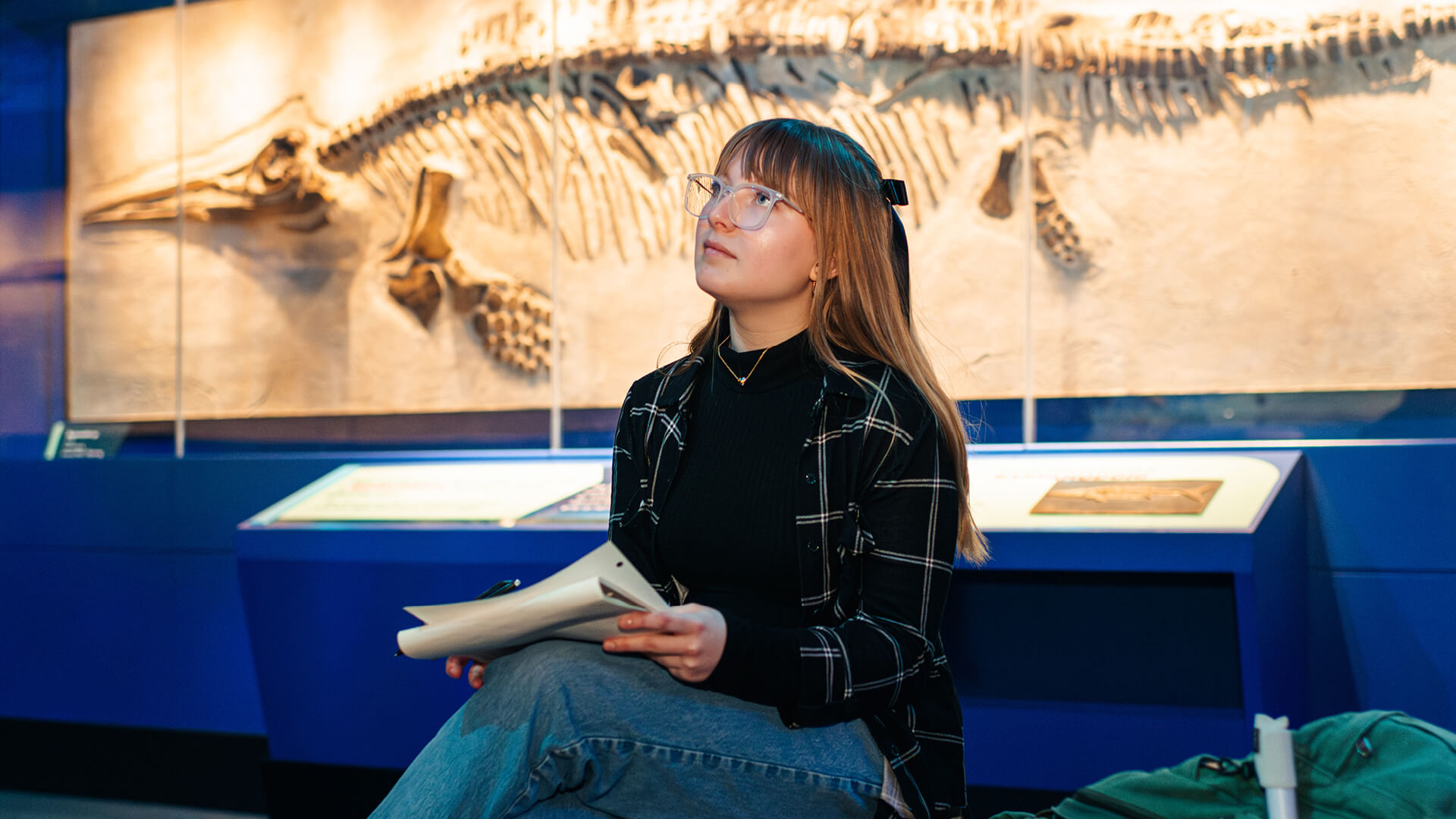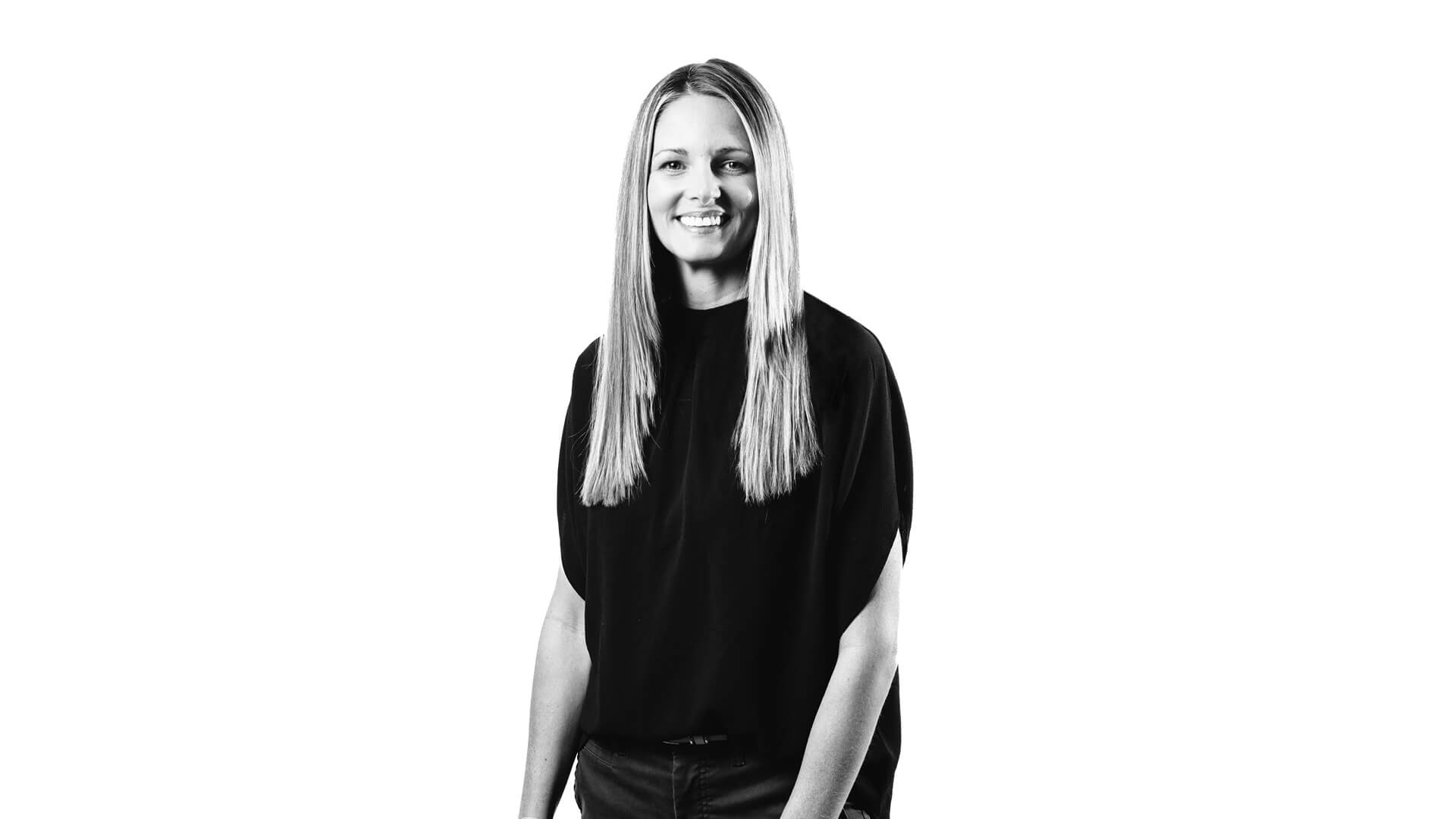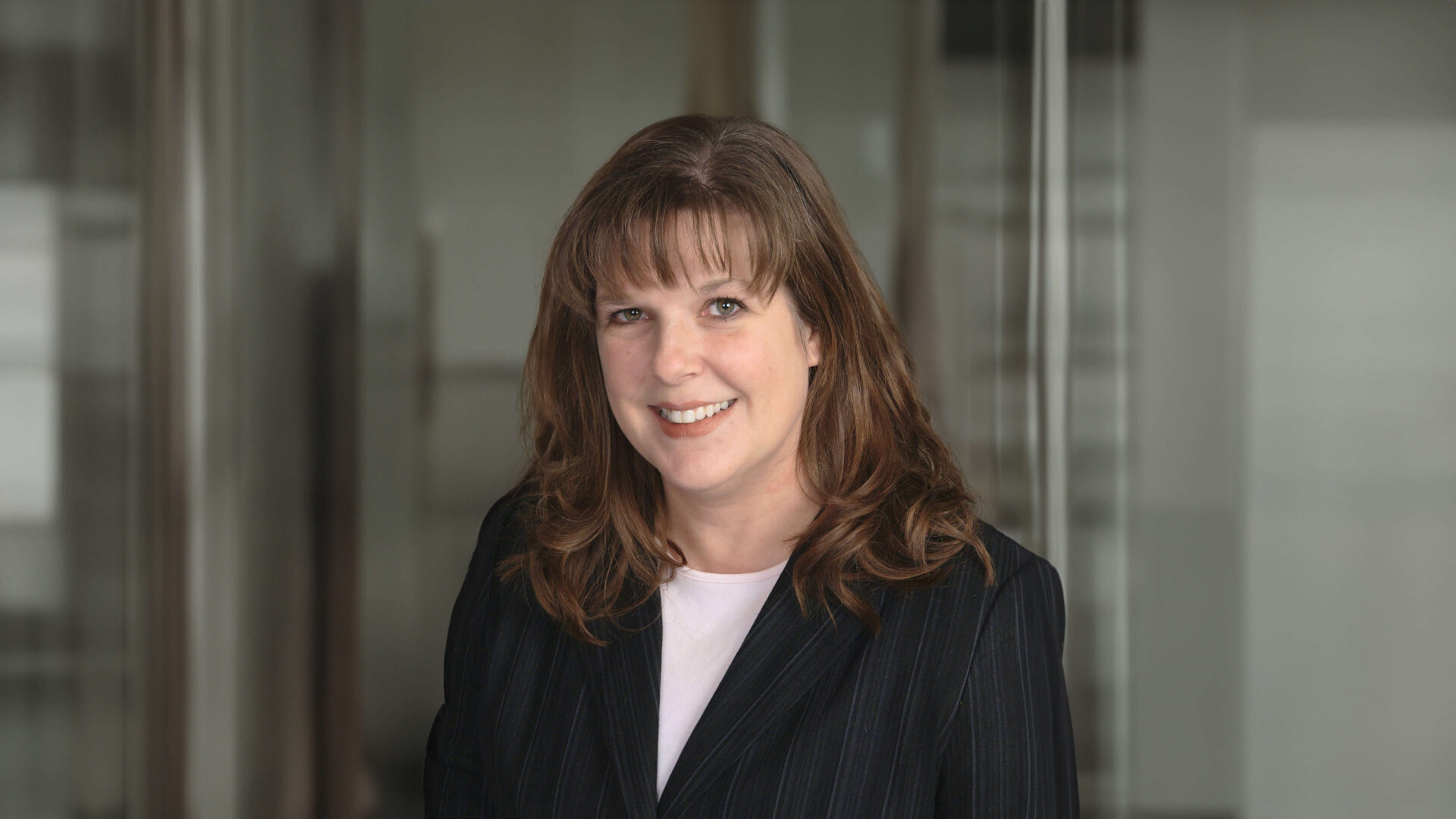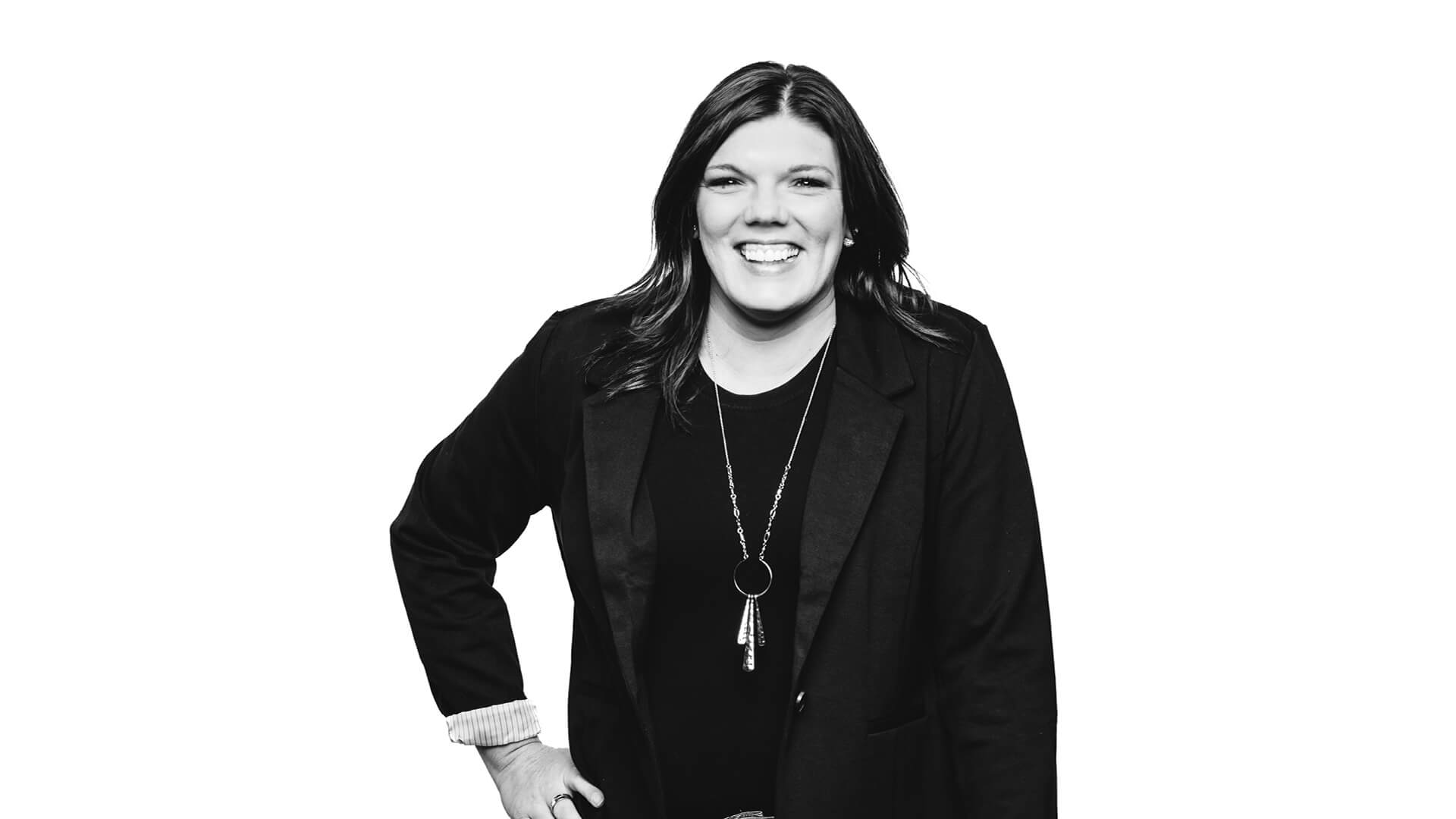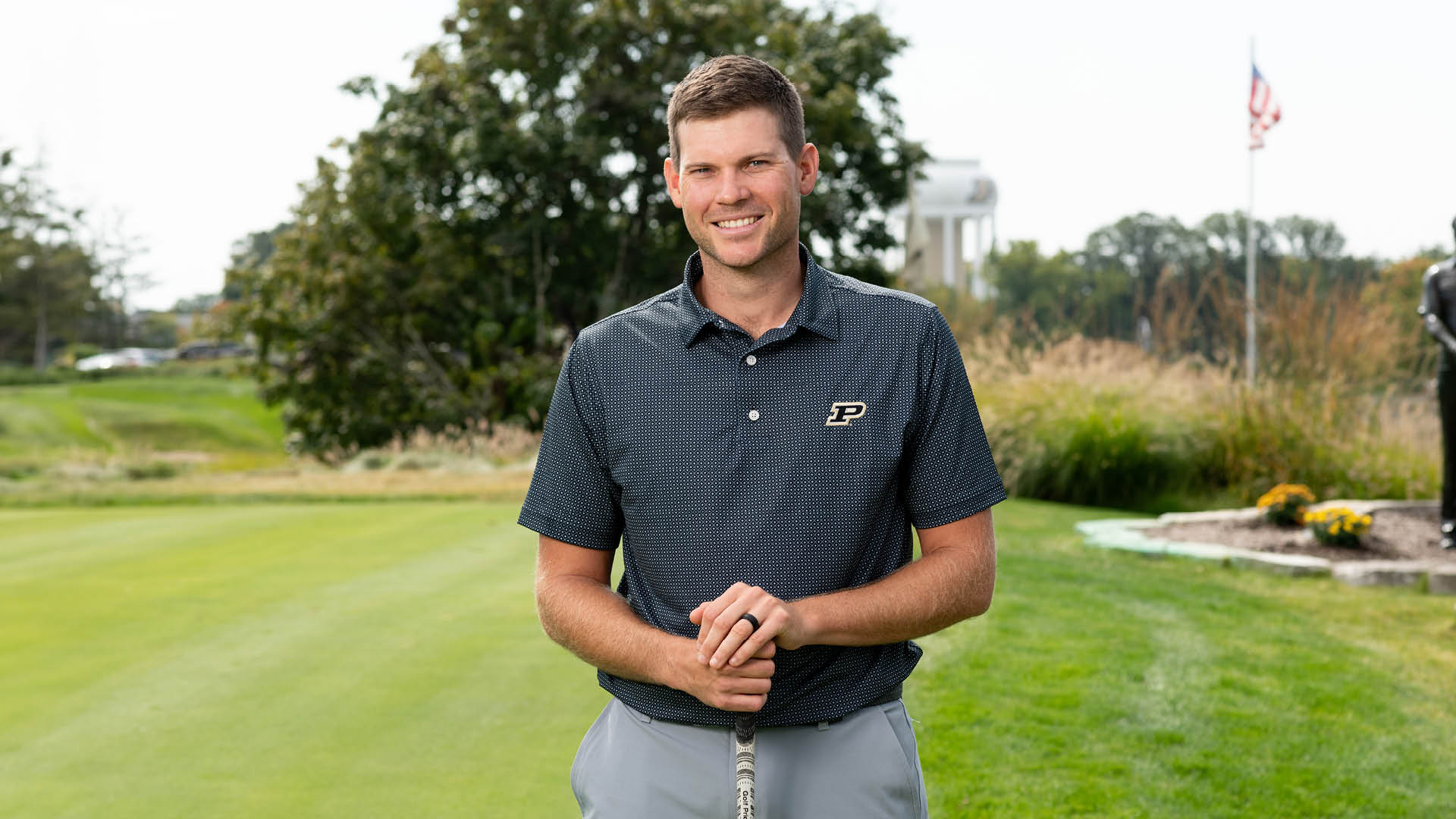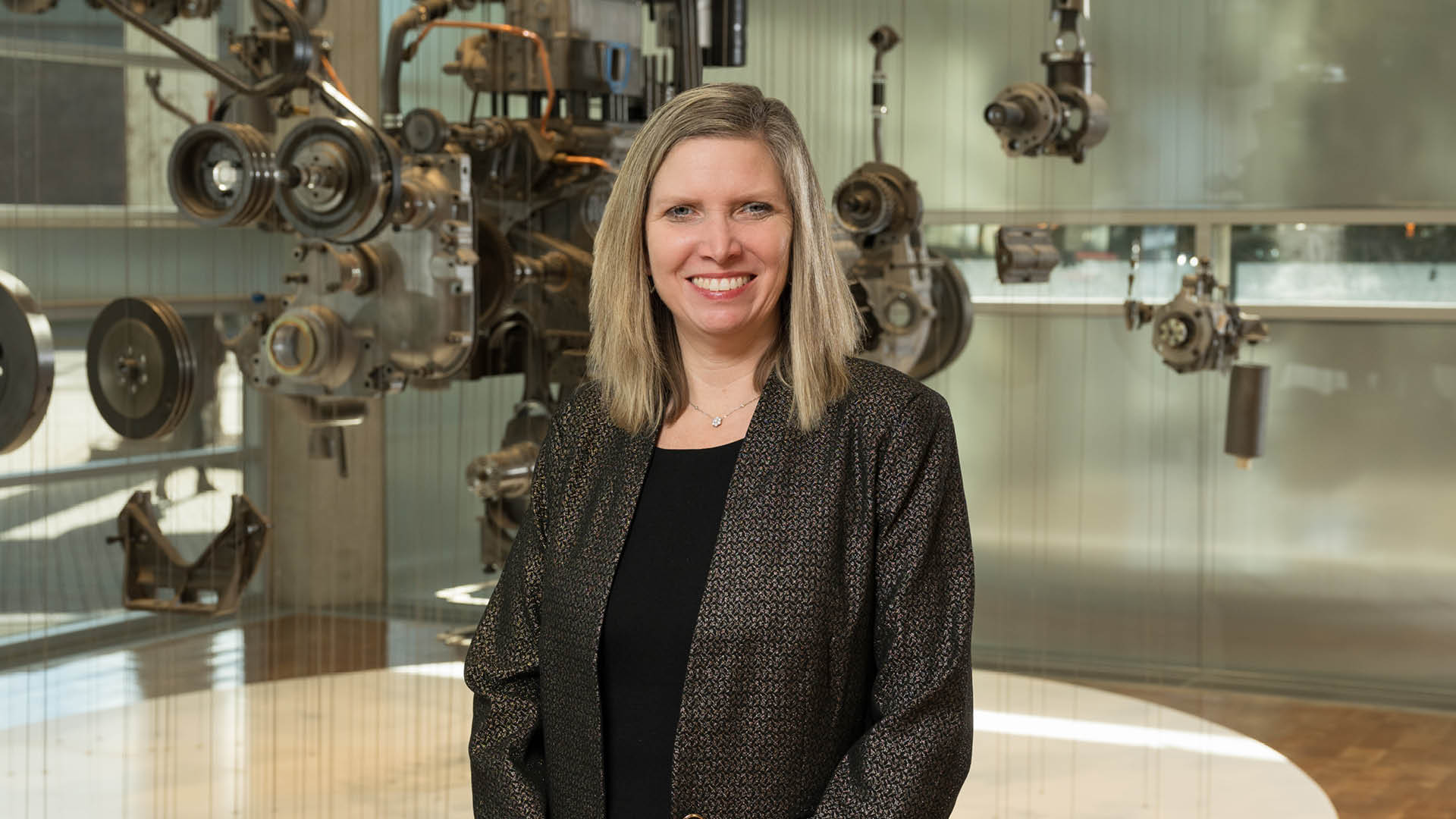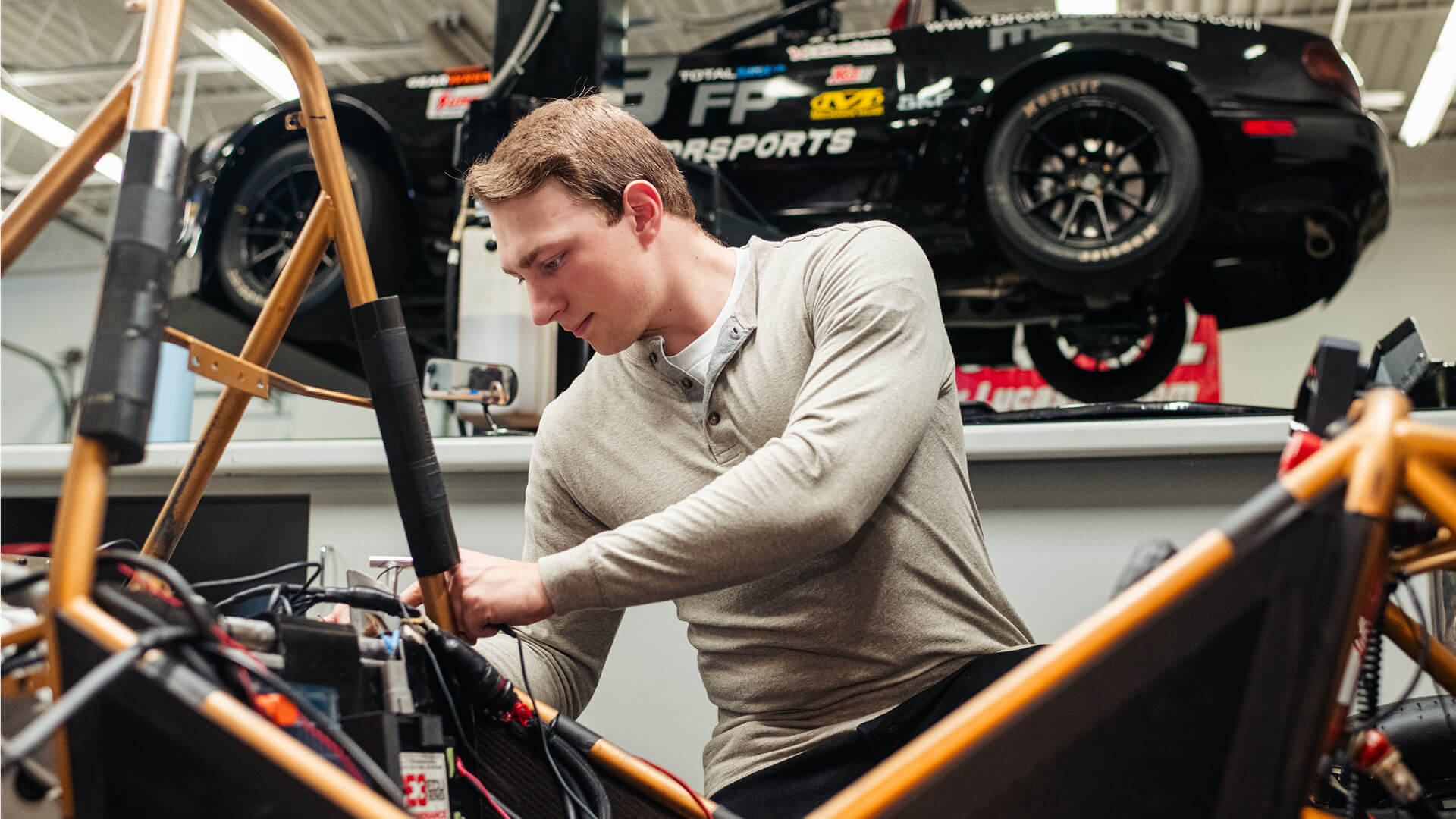Purdue remains nimble and driven toward the future
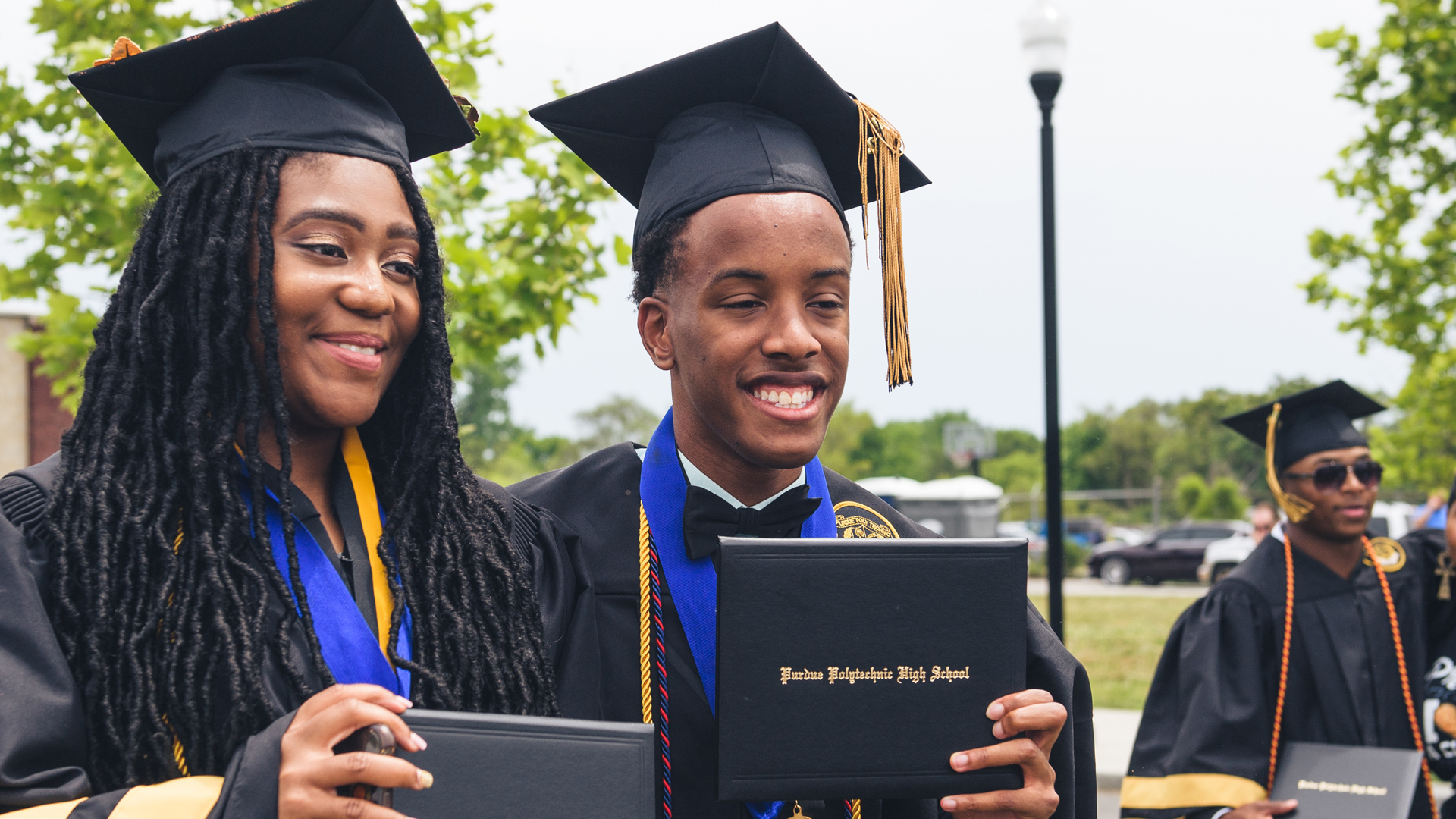
Purdue introduced Purdue Polytechnic High Schools to create new pathways to the university for underrepresented students. This is just one example of how Purdue has evolved to meet the educational needs of society and the world. (Purdue University photo/Rebecca McElhoe)
Land-grant universities must adapt to remain relevant
What will it mean to be a land-grant university in the future?
Their mission of service has not changed since the Morrill Act of 1862 introduced the nation’s land-grant institutions. These universities, however, must continually display a unique ability to adjust to their constituents’ evolving needs.
So it is at Purdue University, where a propensity to think big and an unwavering dedication to Indiana’s prosperity will enable the university to modify how it serves its home state for many years to come.
“The Purdue of today is continuing to evolve,” says Martin C. Jischke, who served as Purdue’s 10th president from 2000-07. “The undergraduate programs, what we do research on and how we connect the university with the broader needs of the population, it’s constantly changing. That’s in the nature of the mission. And that, to me, is a very healthy and desirable thing because we collectively can’t afford to have universities that don’t adapt to the changing needs of society.”
E. Gordon Gee, president of West Virginia University, agrees with Jischke’s assessment, arguing in his contribution to “Precipice or Crossroads? Where America’s Great Public Universities Stand and Where They Are Going Midway Through Their Second Century” that land-grant institutions’ very relevance will rely on their flexibility.
“Big, bold ideas come only to thinkers who are unfettered by the past, nimble in the present and driven toward the future,” Gee writes.
We collectively can’t afford to have universities that don’t adapt to the changing needs of society.
Martin Jischke
Former Purdue president
Evolving to provide new opportunities
Through the years, Boilermakers have often displayed a remarkable capacity for such adaptation.
In 1935, President Edward C. Elliott hired Amelia Earhart as a career counselor for women and an advisor in aeronautics. The legendary aviatrix joined Virginia Meredith, a Purdue trustee and agricultural innovator; Mary Matthews, dean of home economics; Dorothy Stratton and Helen Schleman, deans of women; and Lillian Gilbreth, by some accounts the nation’s first female engineering professor, in occupying prominent campus positions at a time when few women enjoyed such leadership opportunities.
Just as Earhart encouraged women students to pursue whatever career they desired, so too did Schleman, who as dean of women from 1947-68 urged students to earn a college degree even if they planned to get married and take care of the family. A degree could help them become self-sufficient no matter what life circumstances they might someday encounter.
“She believed so heartily that women can make good decisions for themselves. She was all about giving women the opportunities,” says Betty Nelson, who worked under Schleman in the dean of women’s office and served as dean of students from 1987-95.
Nelson played her own key role in Purdue’s evolution as an institution that provided opportunity to a wider swath of the population. She was instrumental in the creation of Purdue’s Disability Resource Center, which to this day offers services, resources and programs to provide equal access for all students.
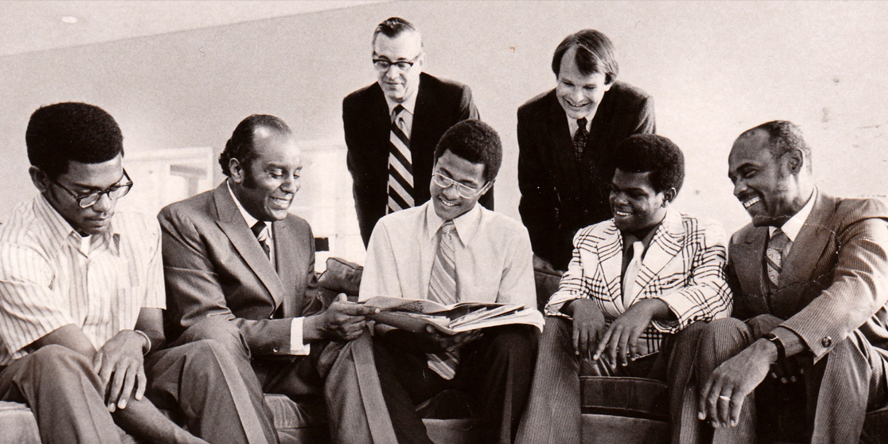
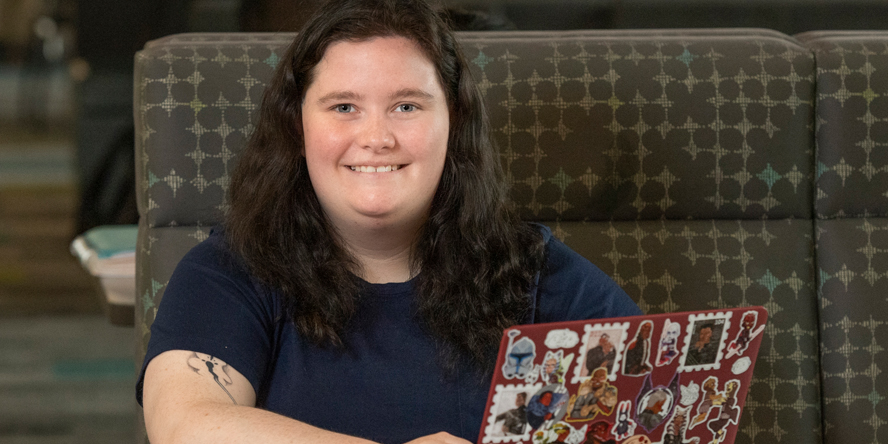
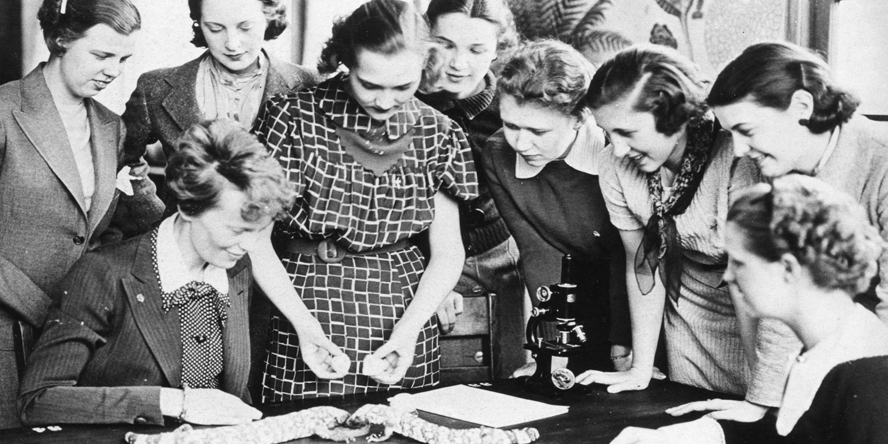
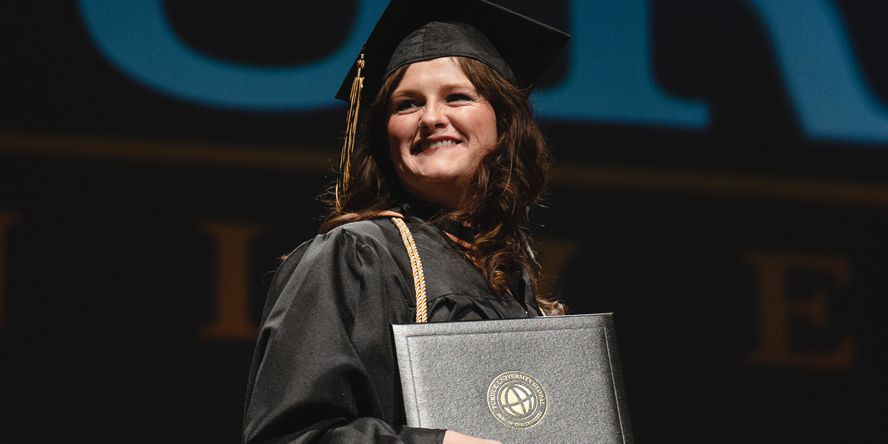
“I had no expertise in this beyond the fact that I really cared that everybody’s included in the circle if I can do something about that,” Nelson says. “In the early ’70s, we were a campus that had been constructed starting in 1869, and nothing was architecturally accessible. We had a long, long way to go to make this a campus that welcomes all. If somebody with a mobility limitation came onto the campus, or if they were visually or hearing-impaired or had a learning disability, there was nothing here that said they were welcome. Unintentionally, we made it as hard as possible – and the university continues to work on this mission.”
Although it was often challenging, Nelson pushed the university to adapt, as did many other prominent Boilermakers who helped underserved students succeed at Purdue.
Cornell A. Bell provided such mentorship to students like current Board of Trustees member Shawn Taylor as longtime director of Purdue’s Business Opportunity Program. Marion Blalock did the same in 30-plus years leading the Minority Engineering Program. Today’s directors of the Business Opportunity Program (Darren Henry) and Minority Engineering Program (Virginia Booth Womack) are both Purdue alumni who benefited as students from the programs they now lead.
Beth Holloway, the Leah H. Jamieson Director of the Women in Engineering Program, can tell a similar tale. As a Purdue mechanical engineering student, Holloway was active in the Women in Engineering Program. After working in industry, Holloway returned to her alma mater in 2001 to succeed Jane Zimmer Daniels, the program’s longtime director. Like Womack and Henry, Holloway now mentors a new generation of Boilermaker students in the very same program that for decades has helped women engineers like her find opportunities within their chosen profession.
Fewer than 1% of Purdue’s engineering students were women in 1969, when Boilermakers created the nation’s first women in engineering program. As of fall 2022, women accounted for approximately 27% of Purdue’s undergraduate engineering enrollment.
“I’m incredibly proud that Purdue had the first women in engineering program,” says Holloway (BSME ’92, MSME ’97, PhD engineering education ’13). “And one of the first minority engineering programs in the country. That the National Society of Black Engineers was founded on this campus. That the Purdue Society of Women Engineers student section was chartered in 1954. That our first female graduate was in 1897. That our first African American graduate was in 1894. Even if Purdue hasn’t always gotten it exactly right for underserved students, I think that we have institutionally tried to really think about what that land-grant mission means for our students.”
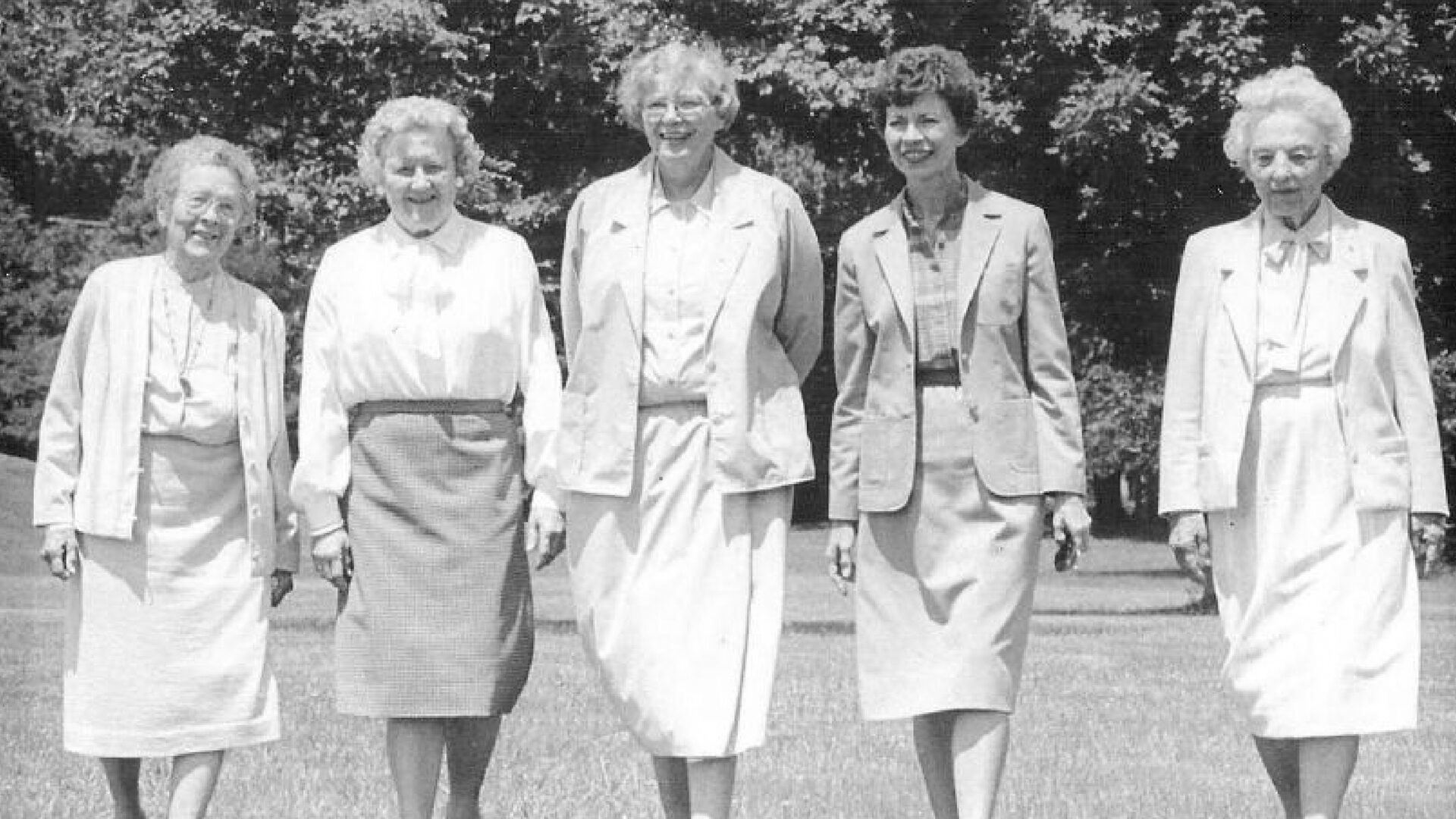
Adapting to meet societal needs
Purdue’s giant leap toward rethinking the public high school model at Purdue Polytechnic High Schools is among the most recent examples of its commitment to service, as are the Purdue Online and Purdue Global platforms that help working adults upskill or gain credentials necessary to meet the economic requirements of the day.
“This is the next step in the Industrial Revolution – and when I think of revolution, I think of things spinning,” says Frank Dooley, chancellor of Purdue Global. “When the economy and society revolve to the next stage, higher ed has to come with it. What I would say is Purdue is the only large, top-tier institution that sees that revolution occurring and is adapting the institution to meet the educational needs of society and the world.”
As Gee reminds us, such flexibility is necessary for any land-grant institution that wishes to deliver on its promise. For more than 150 years, Purdue has successfully created opportunities for its students and home state, and it will continue to do so in the years ahead.
Its land-grant tradition demands no less.
“Indiana wouldn’t be what it is today without Purdue University,” says John Norberg, Purdue historian and author. “And Indiana will not go to where its potential lies in the future without Purdue.”
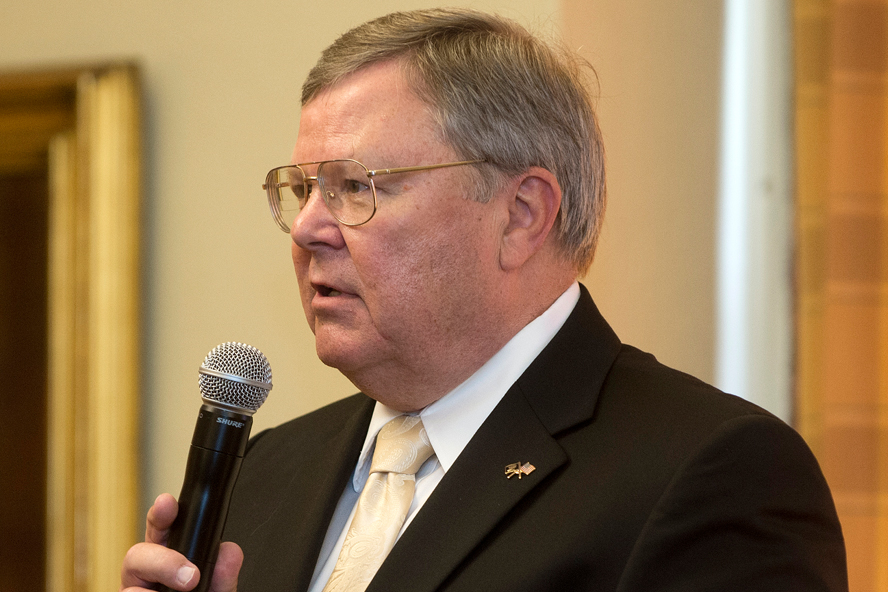
Indiana wouldn’t be what it is today without Purdue University. And Indiana will not go to where its potential lies in the future without Purdue.
John Norberg Purdue historian and author
